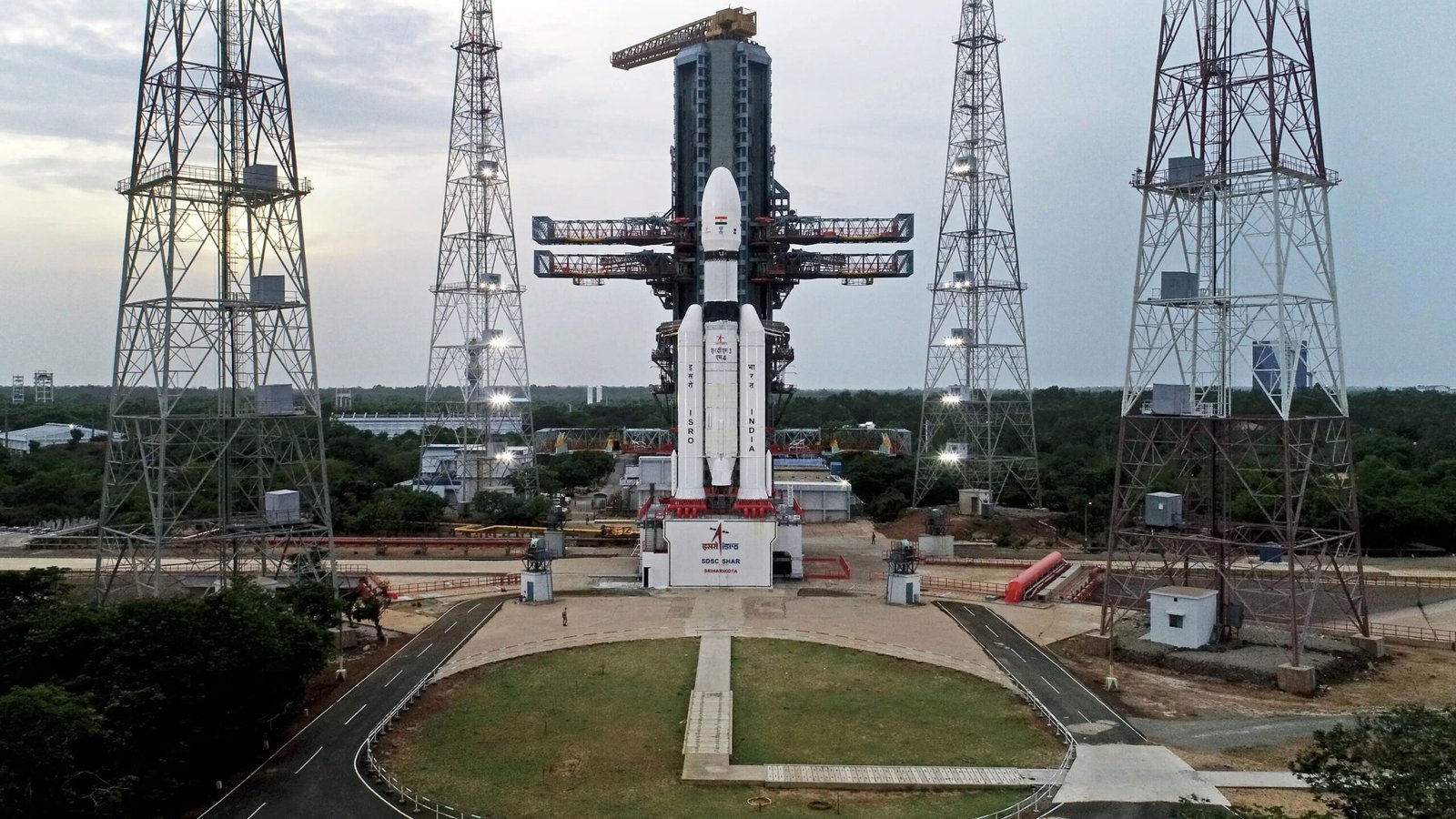Chandrayaan-3 Launch: On Friday, July 14, at 2.35 PM IST, the Indian Space Research Organization’s (ISRO) Chandrayaan-3 mission launched from Sriharikota, Andhra Pradesh’s Satish Dhawan Space Centre.
The project, which is modeled after Chandrayaan-2, aims to demonstrate several capabilities. Including reaching lunar orbit, and performing a soft landing on the moon’s surface with a lander. And sending a rover out of the lander to explore the moon’s surface.
Chandrayaan 3 Launches from Sriharikota
On Friday, at IST 14 Jul 2023 02:40:07, the Indian Space Research Organisation launched Chandrayaan 3, its third lunar mission, using the heavy-lift LVM3-M4 rocket from the Satish Dhawan Space Centre in Sriharikota.
According to sources from PTI, the Chandrayaan-3 mission is significant because, unlike its unsuccessful predecessor, the Propulsion Module contains a payload called SHAPE — Spectro-polarimetry of HAbitable Planet Earth to investigate Earth from lunar orbit.
By August 24 Chandrayaan-3 is anticipated to arrive on the moon
A soft landing on the moon’s surface has been provisionally slated by ISRO scientists for August 23–24. It put India among the select nations to accomplish the accomplishment. The COVID-19 pandemic delayed the development phase of Chandrayaan-3. It was supposed to launch sometime in 2021 after it started in January 2020.
The Chandrayaan program was introduced in 2003 by the late Atal Bihari Vajpayee, the country’s then-prime minister. When Chandrayaan-1 crashed in 2008, it proved that there are water molecules on the Moon’s surface. Chandrayaan-1 was launched from the Satish Dhawan Space Centre in Sriharikota.
Chandrayaan-2 was launched in 2019 from Sriharikota’s Satish Dhawan Space Centre. While in a 100-mile lunar polar orbit around the moon, the Vikram Lander was separated. However, the lander’s ability to communicate with the ground stations was cut off at a distance of 2.1 kilometers from the moon’s surface.

Chandrayaan-3 Launch Mission Importance
According to sources from PTI, the Chandrayaan-3 mission is significant because, unlike its unsuccessful predecessor, the Propulsion Module contains a payload called SHAPE — Spectro-polarimetry of HAbitable Planet Earth to investigate Earth from lunar orbit.
According to ISRO, the SHAPE is an experimental payload used to investigate the Earth’s spectro-polarimetric fingerprints in the vicinity of infrared light. The Propulsion Module’s primary job. Aside from SHAPE payload transportation, is to move the Lander Module from the launch vehicle injection orbit to lander separation. The project, which is modeled after Chandrayaan-2, aims to demonstrate several capabilities.
The lander module’s payloads include RAMBHA-LP, which will measure the near-surface plasma ions and electrons density and its variations, ChaSTE Chandra’s Surface Thermo Physical Experiment, which will measure the thermal characteristics of the lunar surface near-polar region, and ILSA (Instrument for Lunar Seismic Activity), which will measure seismicity in the area of the landing site and delineate the lunar crust’s structure.
After soft-landing, the Rover would exit the lander module and examine the lunar surface using its payload. The APXS (Alpha Particle X-Ray Spectrometer), to determine the chemical composition and estimate the composition of the lunar surface’s minerals. According to ISRO, the lunar rover has a mission life of 1 lunar day (14 Earth days). It also carries the Laser Induced Breakdown Spectroscope (LIBS). To analyze the chemical makeup of the rocks and dirt around the lunar landing site.

















Be First to Comment